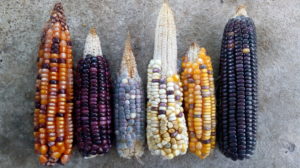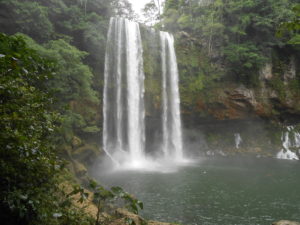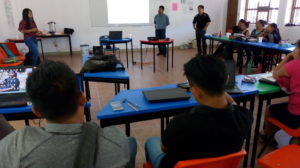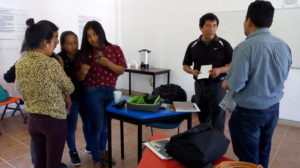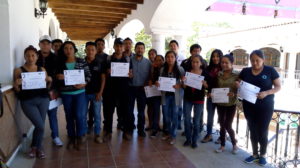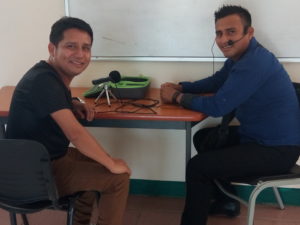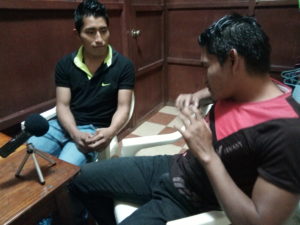María de Jesús Martínez Pérez and Adelaida López Gutiérrez. BA in Lengua y Cultura, 6th semester, Oxolotán, Tabasco.
It is said that the secret to scare away the x-wäläk ok (trickster elf) are: holy water, a liter of trago or tequila, playing cards, dice, marbles and a mirror. Once you have all these things, at midnight you have to go out and wait for the x-wäläk ok. In order to understand the ways of the x-wäläk ok you have to spend some time with him and play with him for a while and you also have to take the liquor with you so you can get him drunk.
Once drunk, the x-wäläk ok will start to cry like a child, and once he has lost consciousness, you have to give him a good lashing so he won’t bother you again. Then you say three Hail Marys, three Our Fathers, and a Psalm 91, and this is how you ensure that the x-wäläk ok will not bother you again.
Consultant: Rosa del Carmen García García, 36 years old from Nueva Reforma, Municipality of Tacotalpa, Tabasco.
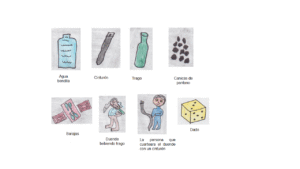
Another one of the secrets to free yourself from the x-wäläk ok is to weave two leaves of palm trees together and then throw them behind you in the path while you’re walking so that the x-wäläk ok will get distracted and then you can find the path again.
Consultant: Eliseo Martínez Pérez, 42 years old, from the community of Campamento Mirador, Municipality of Sabanilla, Chiapas.

Another trick is that you take a shit in the middle of the woods or in whatever place where you are, and then the x-wäläk ok take the shit it in his hands and he’ll start to smear it on his head and use it to comb his hair. You’ll distract him this way, because the x-wäläk ok will think it is perfume because he doesn’t know what it is. Then while he is distracted, you can go and look for the path and you can manage to get away.

Another one of the secrets is that you have to turn around everything you wear and you have to put it on backwards: shoes, clothes, hat, backpack. You have to put everything backwards so you can go out.
Consultant: Eliseo Martínez Pérez, 42 years old, from the community of Campamento Mirador, Municipality of Sabanilla, Chiapas.
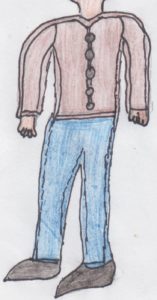
Another one of the secrets to keep the x-wäläk ok from bothering you is that you have to do the special rites that our grandparents believed in. You have to burn candles and you have to offer some sacrifices in order to calm down his anger. If you are going out to hunt any animals you have to make sure that the animal that you are hunting is for your own subsistence, so that your children can eat, and this way the x-wäläk ok will stay calm. But if you just kill animals for killing and leave them lying there, that is where the x-wäläk ok will intervene to play with your thoughts and to get you lost, to punish you, so that you learn the lesson that everything in the woods has a lord.



